Digital Camera Memory Card What Does Mba Mean ?
MBA stands for "MegaBytes Available" and refers to the amount of storage space available on a digital camera memory card. It indicates the amount of data that can be stored on the card, such as photos or videos. The higher the MBA, the more data the card can hold. It is important to check the MBA of a memory card before purchasing it to ensure that it has enough storage capacity for your needs.
1、 Memory card types and specifications
Digital camera memory cards are small, portable storage devices that are used to store photos and videos taken with a digital camera. There are several types of memory cards available on the market, each with its own specifications and features.
The most common types of memory cards used in digital cameras are SD (Secure Digital) cards, microSD cards, and CompactFlash cards. SD cards are the most popular and come in various sizes, including SD, SDHC, and SDXC. MicroSD cards are smaller in size and are commonly used in smartphones and tablets. CompactFlash cards are larger in size and are commonly used in professional-grade cameras.
When choosing a memory card for your digital camera, it is important to consider the capacity, speed, and compatibility of the card. The capacity of the card determines how many photos and videos can be stored on it. The speed of the card determines how quickly photos and videos can be written to and read from the card. Compatibility is important to ensure that the card is compatible with your camera.
In terms of the latest point of view, there has been a shift towards using faster and larger capacity memory cards, such as SDXC cards with UHS-II technology. These cards offer faster read and write speeds, allowing for faster transfer of photos and videos to a computer or other device. Additionally, some cameras now offer dual memory card slots, allowing for simultaneous recording to two memory cards for added redundancy and backup.
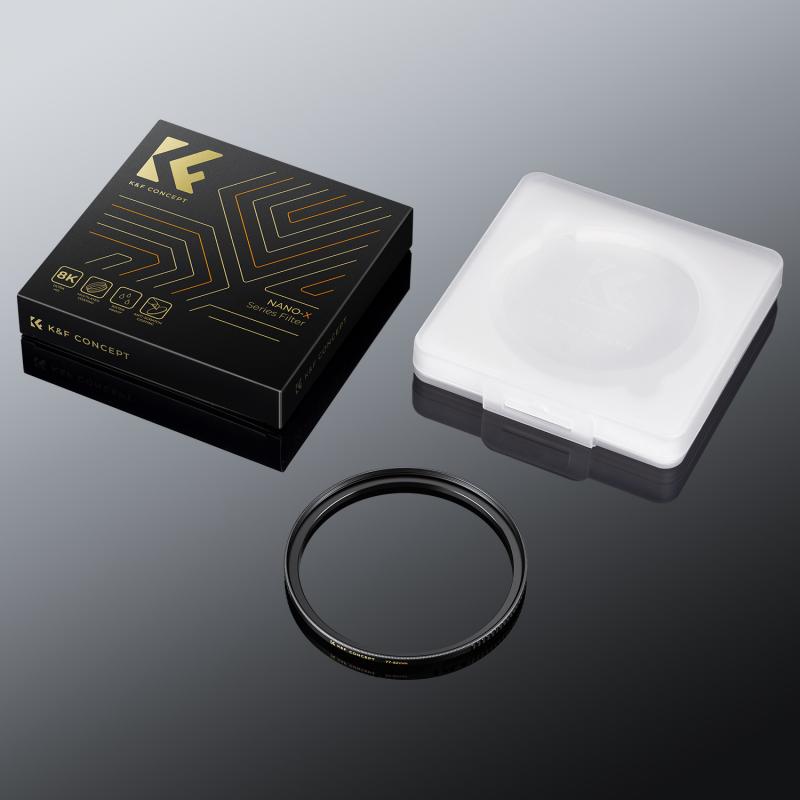
2、 Understanding storage capacity and speed
Digital camera memory cards are essential components for storing photos and videos captured by digital cameras. Understanding storage capacity and speed is crucial when selecting a memory card for your camera. Storage capacity refers to the amount of data that can be stored on the card, while speed refers to how quickly data can be written and read from the card.
The storage capacity of memory cards has increased significantly over the years. Today, memory cards can store up to several terabytes of data, which is enough to store thousands of high-resolution photos and videos. However, it is important to note that the storage capacity of a memory card is not the only factor to consider when selecting a card. The speed of the card is equally important, especially when capturing high-resolution photos and videos.
The speed of a memory card is measured in terms of read and write speeds. The read speed refers to how quickly data can be read from the card, while the write speed refers to how quickly data can be written to the card. The latest point of view is that faster read and write speeds are becoming increasingly important as cameras continue to capture higher resolution photos and videos. This is because higher resolution files require more data to be written to the card, which can slow down the camera's performance if the card is not fast enough.
In conclusion, understanding storage capacity and speed is crucial when selecting a memory card for your digital camera. The latest point of view is that faster read and write speeds are becoming increasingly important as cameras continue to capture higher resolution photos and videos. Therefore, it is important to select a memory card with a high storage capacity and fast read and write speeds to ensure optimal performance and storage capacity for your digital camera.
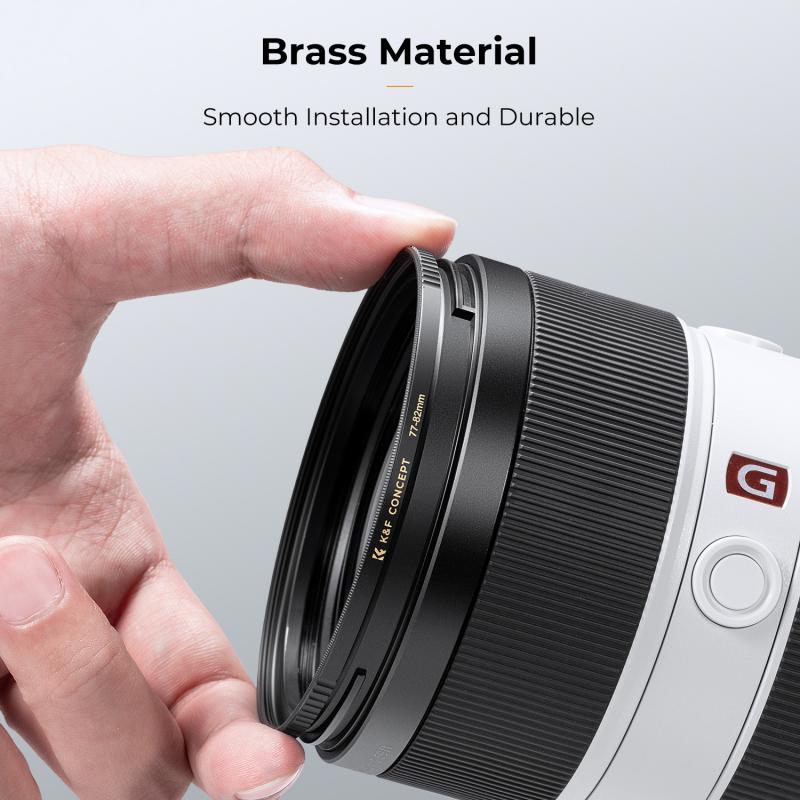
3、 Compatibility with different camera models
Compatibility with different camera models is an essential factor to consider when purchasing a digital camera memory card. Different camera models have varying specifications and requirements for memory cards, and using an incompatible memory card can result in errors, data loss, and even damage to the camera.
Most digital camera memory cards are designed to be compatible with a wide range of camera models, but it is still important to check the specifications of both the camera and the memory card before making a purchase. Some cameras may require a specific type of memory card, such as SD, microSD, or CompactFlash, while others may have limitations on the maximum capacity or speed of the memory card.
In recent years, there has been a shift towards using faster and higher-capacity memory cards, such as SDXC and CFast, to accommodate the increasing demands of high-resolution video and burst photography. However, not all cameras are compatible with these newer formats, so it is important to check the camera's specifications before investing in a high-end memory card.
Overall, ensuring compatibility between your camera and memory card is crucial for optimal performance and reliability. It is always recommended to consult the camera's manual or manufacturer's website for specific recommendations and guidelines.
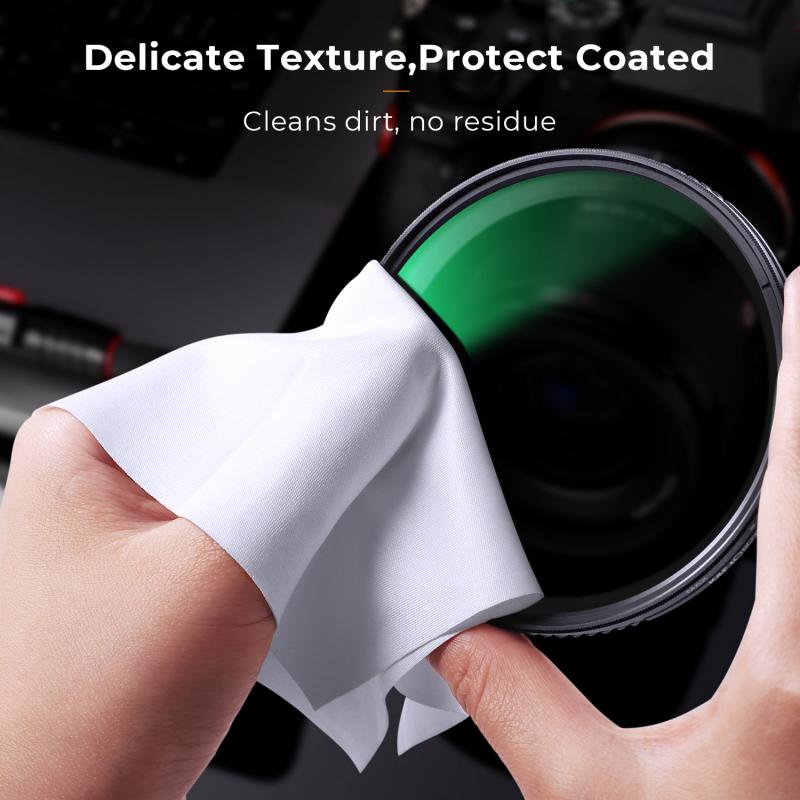
4、 Advantages and disadvantages of different memory card formats
Digital camera memory cards are essential components for storing and transferring photos and videos. There are several types of memory card formats available in the market, each with its own advantages and disadvantages.
One of the most popular memory card formats is Secure Digital (SD) cards. They are widely used in digital cameras, smartphones, and other portable devices. SD cards are available in different sizes and capacities, making them a versatile option for storing and transferring data. They are also relatively affordable and widely available.
Another popular memory card format is CompactFlash (CF) cards. They are larger in size than SD cards and are commonly used in professional cameras and video equipment. CF cards offer faster read and write speeds, making them ideal for high-speed photography and video recording. However, they are more expensive than SD cards and may not be compatible with all devices.
MicroSD cards are smaller versions of SD cards and are commonly used in smartphones and other portable devices. They offer high storage capacity and are relatively affordable. However, they may not offer the same level of performance as larger memory card formats.
One of the latest memory card formats is the XQD card. It offers faster read and write speeds than CF cards and is ideal for high-speed photography and video recording. However, XQD cards are relatively expensive and may not be widely available.
In terms of disadvantages, memory cards can be prone to data loss or corruption if not handled properly. They can also be easily damaged or lost, leading to the loss of valuable data. Additionally, some memory card formats may not be compatible with all devices, limiting their versatility.
In conclusion, choosing the right memory card format depends on the specific needs and requirements of the user. While SD cards are a popular and versatile option, professional photographers may prefer CF or XQD cards for their faster read and write speeds. Regardless of the format chosen, it is important to handle and store memory cards properly to avoid data loss or corruption.
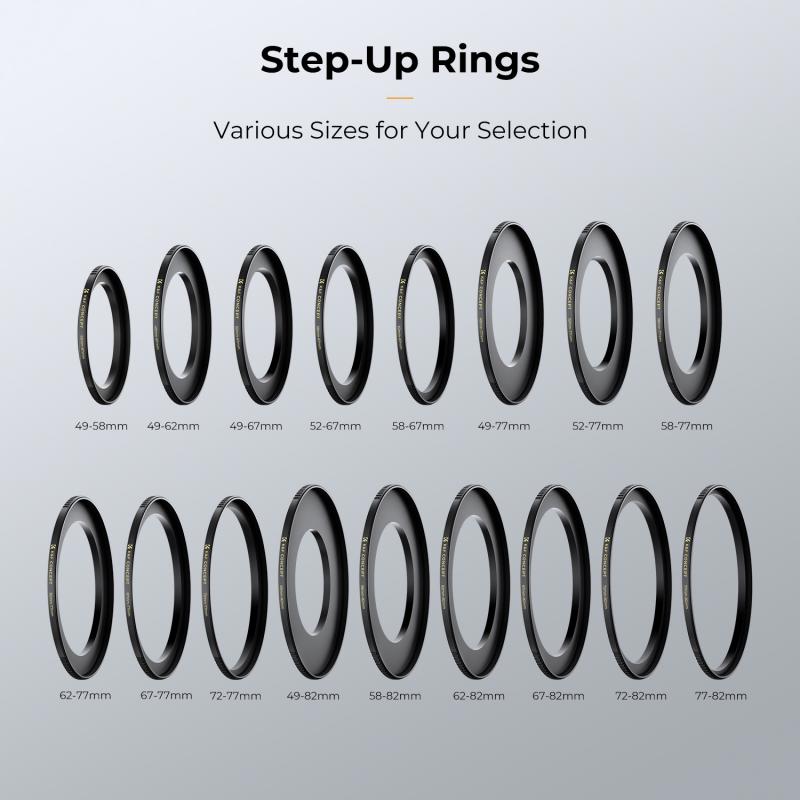

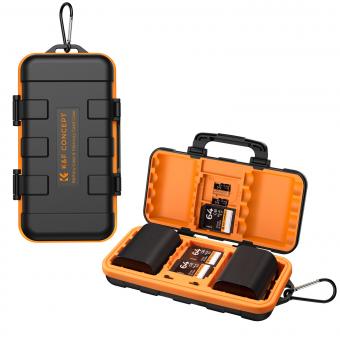
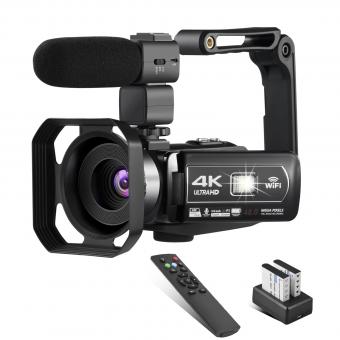




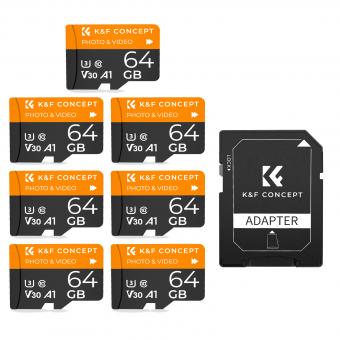
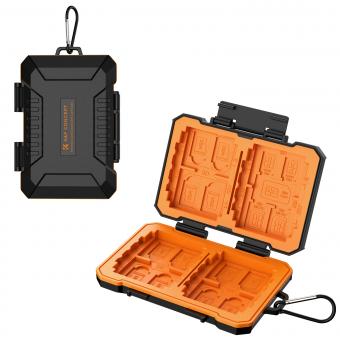
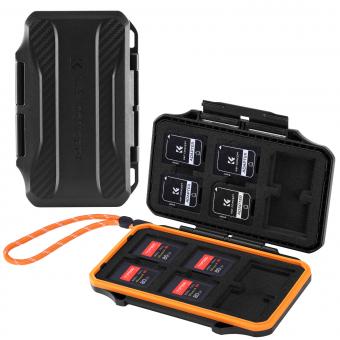







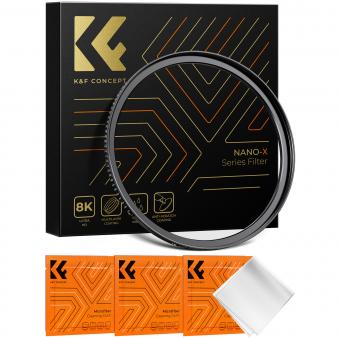


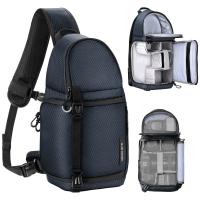


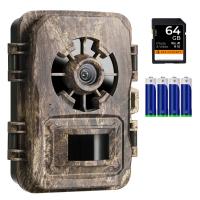

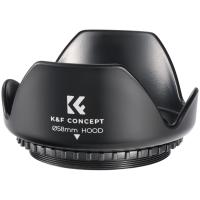

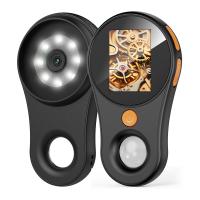

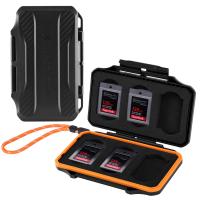
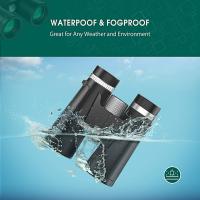

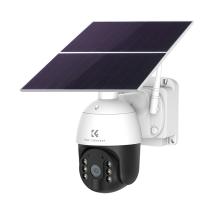
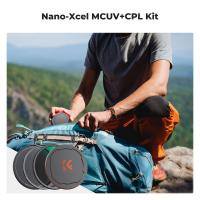
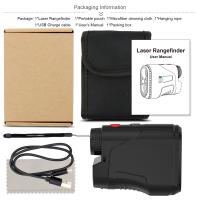


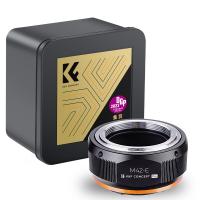
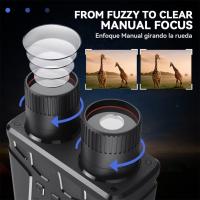
There are no comments for this blog.